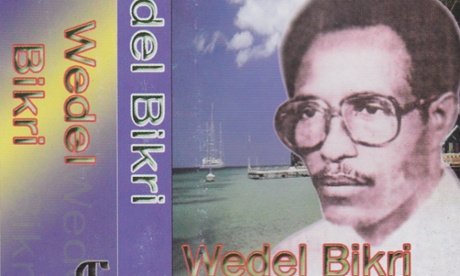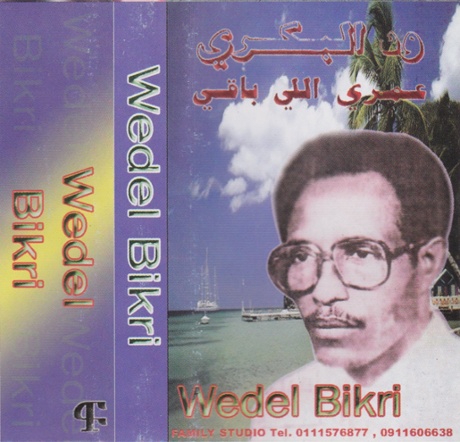
Brian Shimkovitz has collected cassette tapes since 2002 after visiting Ghana to research highlife music on a Fulbright Scholarship. He returned to the US, his bags stuffed with tapes, and began digitising his finds.
“I started Awesome Tapes from Africa as a way to make artefacts available from the cassette-based music economy I have encountered around Africa,” he told The Wire in 2012. “The popularity of tapes coincided with an explosion of piracy, which helped bring an end to vinyl LP manufacturing across the continent.”
But the rise of the cassette also opened up Africa’s diverse music scenes to greater experimentation and circulation. “It created a situation where recorded music of all kinds – not limited to local movements – became available to anyone through the ubiquitous stereos found in markets, shops and vehicles.”
Shimkovitz’s blog is now a trove of styles – both more historical and contemporary – that are otherwise largely unknown outside of the continent. From Tanzania’s hip hop bongo flava, to Nigerian fuji and Sahelian “desert blues” the blog introduces international digital audiences to a vibrant and thriving analogue culture.
Mahmoud Abdul Aziz – Ya Madhacha
Deeply pleasing modern pop rooted in traditional sensibilities, Mahmoud Abdul Aziz’s songs combine tight drums and lilting grooves, while the farfisa melodies conjure epic, meaningful songs that resonate with youth of varying backgrounds – he was dubbed Sudan’s “Idol of the Youth”. Since the release of his first album Khalli Balak in 1994 until his early death in 2013, Abdul Aziz was a central figure to Sudanese music fans.
A friend of mine found this tape in Los Angeles’ Little Ethiopia neighbourhood a few years ago. As I learned more about the music, many of Sudan’s political nuances became clearer.
His music and lyrics spoke to a more secularist and inclusive Sudan, which contrasted with the rise of more conservative Islamic leanings by Omar al-Bashir’s government.
The government was, therefore, not a big fan of his music. When he passed away suddenly last year his death caused a stir among thousands of young people who gathered at the airport waiting for his body to return from Jordan, where he’d been treated for a brain haemorrhage. Fans marched in the streets when they realised the government was shielding them from news of his death by burying him quietly, immediately after his body’s secret repatriation.
His music lives on in dozens of recordings and countless YouTube videos.
Agele Hot—Yinga Na Nabu
While I have little information about this tape by South Sudanese artist Agele Hot, the music video for the title track makes clear some of the distinctions between popular music from South Sudan and the more traditional music from the north.
In the south, which is a predominantly Christian and secular region, the dances, minimally-attired ladies and globally-informed sonic and visual presentation (shades, watches, warm-up suits, international electronic beats) seem to have more in common with the music videos seen across sub-Saharan Africa.
Meanwhile the music performance videos from Khartoum – and Sudan in general – tend to skew toward traditional and classical music, with fewer electronic dance styles, rarely showing international modernity in quite this light.
Agele Hot’s songs are fun and celebratory – songs that could work on a dance floor almost anywhere.
I received this tape from a Dutch PhD student who emailed it to me for posting around 9 July 2011 to coincide with the launch of the newly independent South Sudan state.
Wedel Bikri – Oumri Al-Baghi

If I could find every recording by Bikri I would (although Google always converts it to ‘Weird Al Bakery’). This one I picked up in Addis Ababa last year in a small shop in a busy part of town home to many migrants from the region.
Bikri’s music sounds classic and regal, yet the vocal breakdowns and organic flavour of the instruments and female backing vocals put this tape in the upper echelons of my collection.
Hailing from the White Nile delta, Bikri sang and played the oud with typical Sudanese orchestral backing. The songs on this tape sublimely take me to a different time and place.

